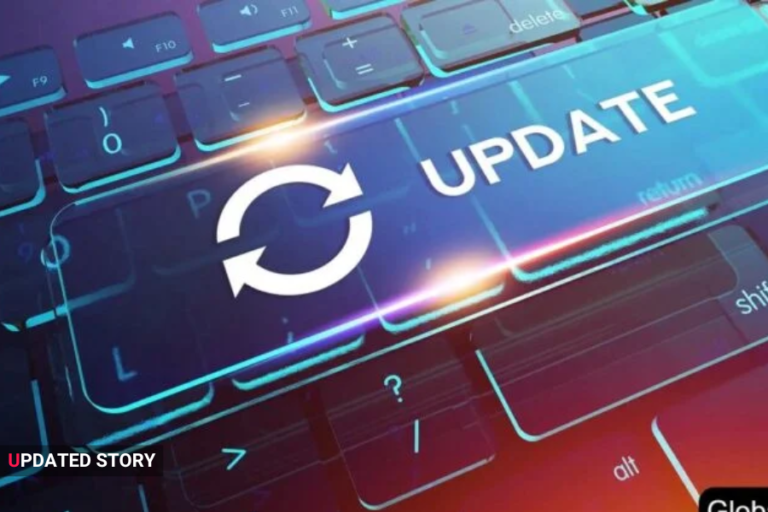Koalageddon: Understanding the Impact of Australia’s Wildfire Crisis on Koalas
Australia is home to one of the most unique and diverse ecosystems in the world. Among the many species that inhabit this vast land is the iconic koala, a marsupial known for its adorable appearance and love of eucalyptus leaves. However, in recent years, a term has emerged that encapsulates the devastating impact of the nation’s wildfires on koalas: Koalageddon. This word, a portmanteau of “koala” and “Armageddon,” reflects the catastrophic events that have led to a dramatic decline in koala populations, sparking widespread concern for their future.
In this blog post, we will dive into the events that led to the use of the term “Koalageddon,” explore the impact of these wildfires on koalas, and discuss what steps are being taken to protect and conserve these beloved creatures.
The Wildfires: A National Crisis
Australia is no stranger to wildfires, but the 2019-2020 bushfire season, often referred to as “Black Summer,” was particularly devastating. Over several months, bushfires ravaged large portions of the country, burning through millions of acres of land. The fires were fuelled by a combination of extreme temperatures, drought conditions, and a record-breaking dry season.
The fires were so intense that they not only caused widespread destruction of homes and wildlife habitats but also resulted in the loss of human lives and left a lasting scar on the environment. According to official reports, over 18.6 million hectares (46 million acres) of land were burned across Australia, destroying thousands of homes and killing or displacing an estimated three billion animals.
Among the hardest-hit species were koalas. As trees and forests went up in flames, so did the habitats that koalas depend on for food and shelter. The sheer scale of the destruction led many conservationists and wildlife experts to use the term “Koalageddon” to describe the disastrous effects of the fires on the koala population.
The Koala Population Crisis
Before the fires, the koala population in Australia was already facing numerous challenges. Habitat loss due to land clearing, disease (like chlamydia), and climate change were contributing factors to a gradual decline in numbers. However, the 2019-2020 bushfires exacerbated this problem on an unprecedented scale.
It is estimated that the wildfires during Black Summer killed over 5,000 koalas, though some estimates suggest the actual number could be higher due to the difficulties in assessing the full extent of the damage. In addition to direct fire fatalities, many koalas were forced to flee to the ground in search of safety, where they were exposed to predators, traffic, and dehydration.
A study published in the journal Conservation Letters revealed that the koala population in New South Wales alone was reduced by around 30% as a result of the fires. In some areas, entire populations were wiped out, with no koalas remaining in certain fire-affected regions.
Ecological Impact and the Koala’s Vulnerability
Koalas are a highly specialized species, relying on eucalyptus trees for both food and shelter. Unlike many other animals, they cannot easily adapt to changes in their habitat. When their food sources are destroyed, koalas are left with little to sustain them, leading to malnutrition and dehydration. Even those that survived the fires often faced long-term health issues, such as respiratory problems from inhaling smoke or burns to their paws and faces.
One of the most concerning aspects of the koala population crisis is the loss of breeding pairs. With large portions of their habitat gone, koalas are left isolated in small pockets of forest, making it difficult for them to find mates and reproduce. This disruption to their breeding cycle could lead to a long-term population decline and threaten the survival of the species.
Additionally, the fires also impacted the broader ecosystem, affecting many other species that share the same habitat as koalas. As the fires destroyed vast swaths of forest, food sources for other animals also diminished, leading to cascading effects on biodiversity. The koala’s struggle is not an isolated incident but rather a symptom of broader environmental issues that are increasingly affecting Australia’s wildlife.
The Road to Recovery: Conservation Efforts and Challenges
The immediate aftermath of the bushfires saw an outpouring of support for wildlife conservation efforts, with both the public and private sectors coming together to help koalas and other affected species. Several conservation organizations launched fundraising campaigns to assist with koala rescue operations, rehabilitation, and habitat restoration. However, despite these efforts, the road to recovery remains long and uncertain.
One of the key aspects of koala conservation is habitat restoration. Many of the areas that were burned during the bushfires were vital koala habitats, and without restoration, these areas cannot support a healthy koala population. Replanting eucalyptus trees and ensuring the long-term health of the forests are crucial steps in rebuilding the habitat that koalas depend on.
In addition to habitat restoration, there has been an increased push to combat the spread of disease in the koala population. Chlamydia, in particular, is a significant issue, with many koalas suffering from the disease, which can lead to infertility, blindness, and death. Ongoing research is focusing on developing vaccines and treatments for chlamydia and other diseases that affect koalas, which could be pivotal in preventing further population decline.
Government and NGO Involvement
The Australian government has acknowledged the severity of the crisis and has taken steps to address it. In response to the 2019-2020 bushfires, the federal government allocated millions of dollars in funding for wildlife recovery efforts. This funding has supported the rehabilitation of koalas and the restoration of their habitats, as well as research into their conservation.
Several non-governmental organizations (NGOs) have also played a crucial role in the recovery process. The Koala Foundation, for example, is dedicated to the long-term conservation of koalas, focusing on protecting their habitats and raising awareness about their declining numbers. Other groups, such as Wildlife Victoria and WIRES, have been involved in the rescue and rehabilitation of injured koalas and other wildlife.
Despite these efforts, the challenges remain immense. Koala populations in some areas may take decades to recover fully, and some experts argue that without immediate and sustained action, the species could face extinction in the wild within a matter of decades.
What Can Be Done: Steps Toward a Sustainable Future
The crisis of Koalageddon underscores the need for broader environmental and conservation reforms to protect not only koalas but also the entire ecosystem that supports them. Several actions can be taken to ensure a more sustainable future for koalas and other wildlife in Australia:
Stronger land use and fire management policies: More sustainable land management practices are essential to prevent habitat destruction due to development and uncontrolled wildfires. Better planning and coordination of fire management strategies can help reduce the severity of future fires.
Conservation of critical habitats: Protecting and expanding koala habitats is one of the most effective ways to ensure their long-term survival. This includes creating protected areas, establishing wildlife corridors, and preventing further land clearing.
Public awareness and education: Raising awareness about the importance of koalas and their role in the ecosystem is key to building public support for conservation efforts. Education campaigns can encourage responsible behavior, such as driving cautiously in koala habitats and supporting sustainable forestry practices.
Ongoing research and funding: Continued investment in research is crucial to understanding the challenges koalas face and developing effective solutions. This includes research into disease control, habitat restoration, and the impact of climate change on koala populations.
Conclusion
The term Koalageddon represents more than just a crisis—it is a stark reminder of the urgent need for conservation efforts to protect Australia’s iconic koalas. The devastating impact of the 2019-2020 Black Summer bushfires accelerated the decline of an already vulnerable species, highlighting the critical challenges they face due to habitat loss, disease, and climate change. While conservation initiatives, habitat restoration, and government support provide a glimmer of hope, the road to recovery is long and uncertain. Only through sustained action, public awareness, and dedicated research can we ensure that koalas continue to thrive in their natural environment for generations to come. The time to act is now, before Koalageddon becomes an irreversible reality.
FAQs
1. What is Koalageddon?
Koalageddon is a term that combines “koala” and “Armageddon” to describe the catastrophic impact of Australia’s bushfires, particularly the 2019-2020 Black Summer, on koala populations.
2. How many koalas were affected by the 2019-2020 bushfires?
It is estimated that over 5,000 koalas perished in the fires, while thousands more were injured, displaced, or left struggling due to habitat destruction.
3. Why are koalas so vulnerable to wildfires?
Koalas rely on eucalyptus forests for food and shelter, making them highly vulnerable when these forests burn. Unlike other animals, they do not flee quickly, often staying in trees where they are directly exposed to the flames.
4. What conservation efforts are in place to protect koalas?
Conservation efforts include habitat restoration, disease control programs (such as chlamydia vaccinations), wildlife rescue and rehabilitation, and stronger environmental policies to protect koala populations.
5. Is the koala population at risk of extinction?
Yes, koalas are considered endangered in some regions, and without immediate conservation efforts, experts warn that they could face extinction in the wild within a few decades.
6. How can I help protect koalas?
You can support koalas by donating to conservation organizations, advocating for stronger environmental policies, adopting sustainable practices, and raising awareness about their plight.






